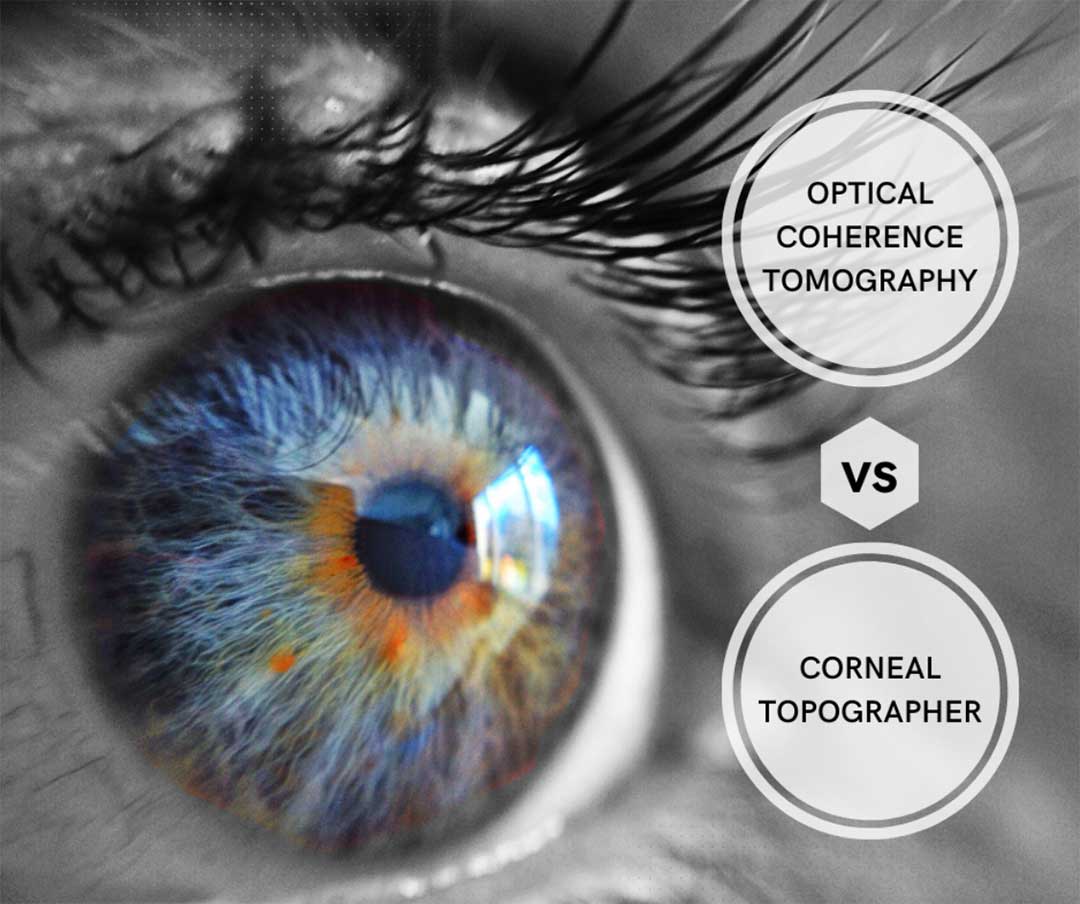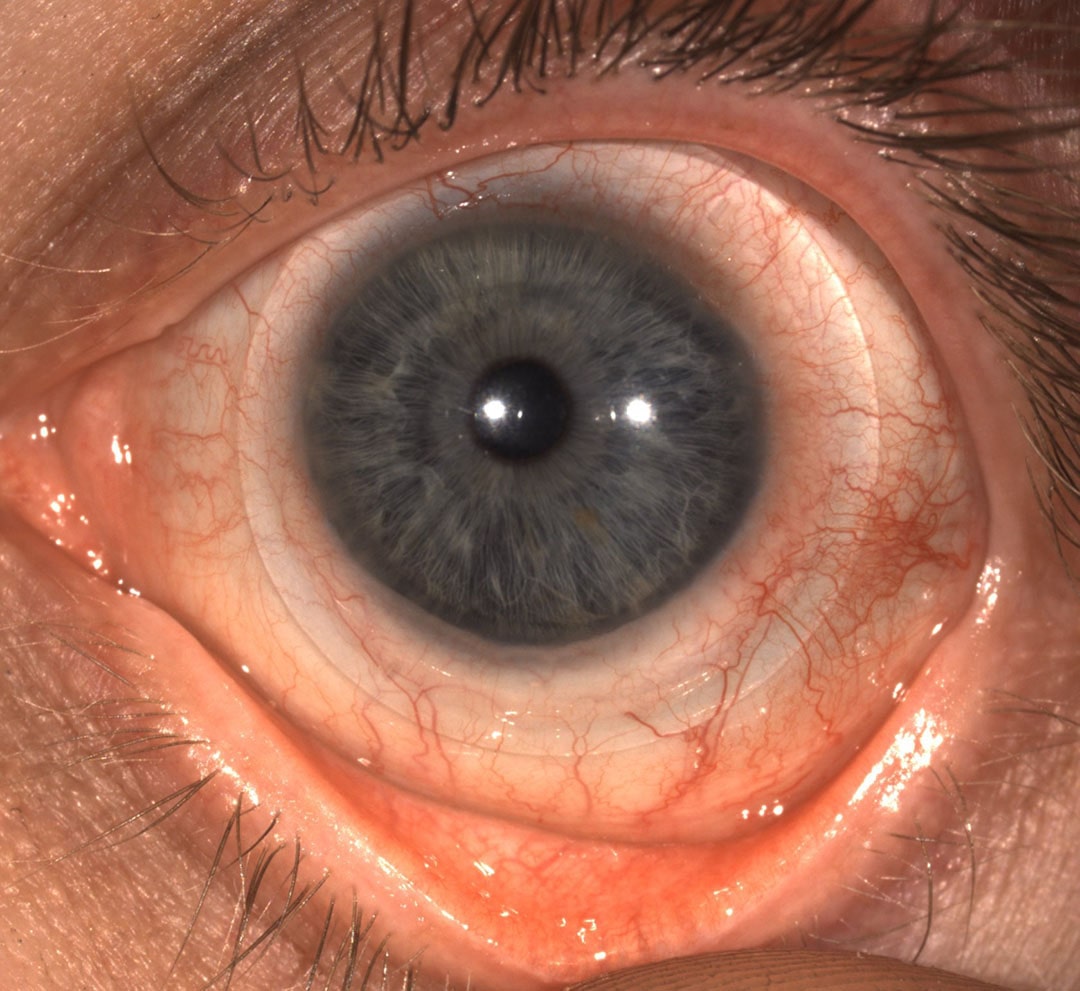An O.D.’s Playbook: Optical Coherence Tomography Versus Corneal Topography

The rugby championship may have passed, and both the World Cup and Big Game are still a few months away. Since we’re always in the mood for a good game, we set up a head-to-head matchup of two diagnostic tools to help you decide what is right for your optometry practice. Whether you’re seasoned with an established office or looking to build your emerging clientele, you have nothing to lose when it comes to a better understanding of the tools available. Move up in the standings when you add the right tech to your practice with equipment that fits your space and serves your patients.
Did you know that the right tools can increase your ROI? To help you make the right play, let’s break down two types of diagnostic imaging – optical coherence tomography (OCT) and corneal topography.

Keys to the Game
OCT is a non-invasive diagnostic tool that uses light waves to capture high-resolution images of the cornea, iris, and anterior chamber The technology is similar to that of an ultrasound except it uses light instead of sound. O.D.s can view, measure, and map the layers of the retina to assess and diagnose diseases such as glaucoma, age-related macular degeneration, diabetic retinopathy, and other systemic pathologies that may have ocular indices.
Corneal topographers enable O.D.s to assess the potential for disease and vision problems but bring into view the ocular surface. O.D.s can then scan for other diseases like corneal dystrophy, map the eyes before surgery for better vision outcomes, and aid in the best fit for specialty lenses such as OrthoK.
Call Your Shot
While the OCT and corneal topography imaging are similar, the return on investment is different. As myopia rates increase, there is growing interest in instrumentation to measure axial length, a focal point in managing myopia. O.D.s must perform one thousand OCT scans to measure for axial length measurement. The revenue generated from the higher priced instrument is markedly lower. If an O.D. can leverage their tools to provide expanded services and create additional revenue – that’s a win/win
New tech can seem overwhelming to learn. But when you see how easy it is to take a topography capture along with the additional imaging benefits and increased ROI, it makes sense to consider adding a corneal topographer to your practice.
Starting Lineup
Deciding what equipment to add to your practice involves a lot of planning, budgeting, and strategy. However, the right tools, used to their maximum potential, can elevate your business so that you stand out against your competitors. We want to help you determine which play to make. Click the “ ” button below to talk to us about the needs of your practice. And be sure to follow us on LinkedIn and Facebook to get current news, stay in the know of industry trends, and expand your knowledge base. For instructional videos on how to use corneal topography in your practice, subscribe to our YouTube channel.
